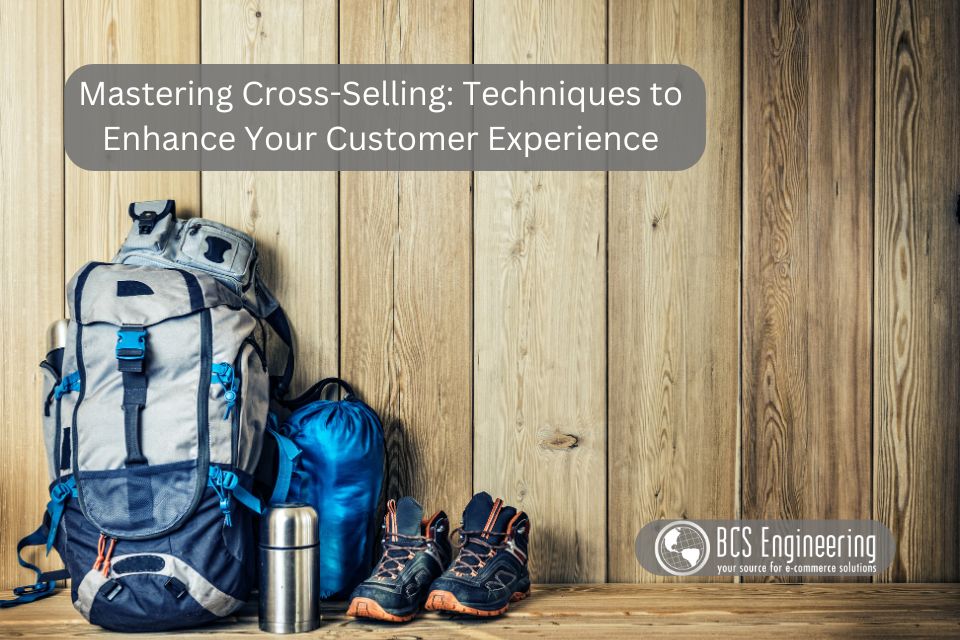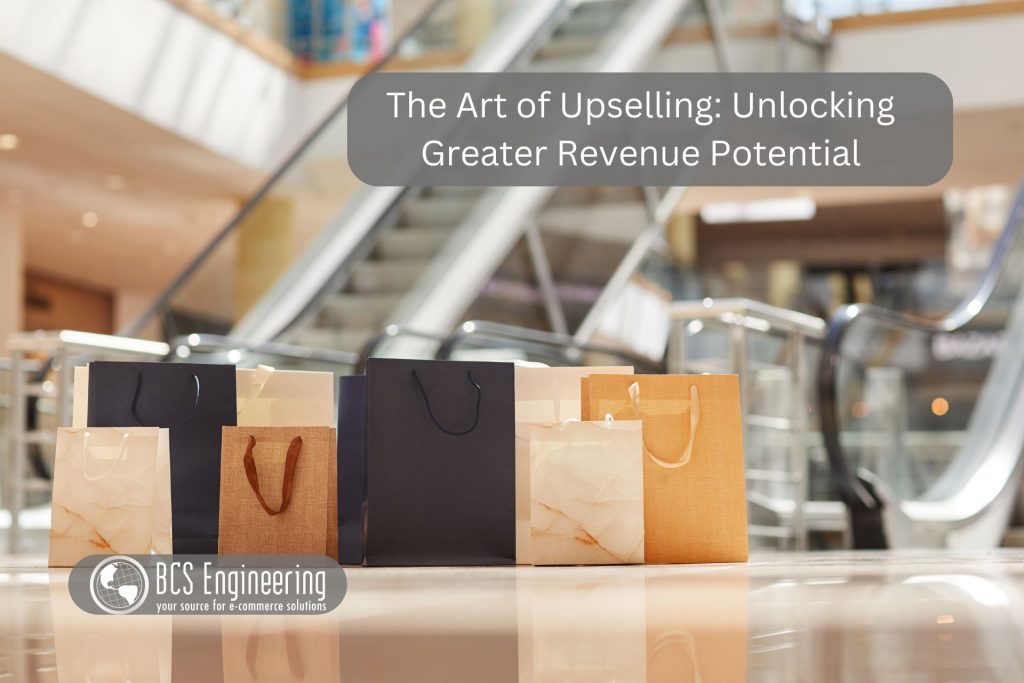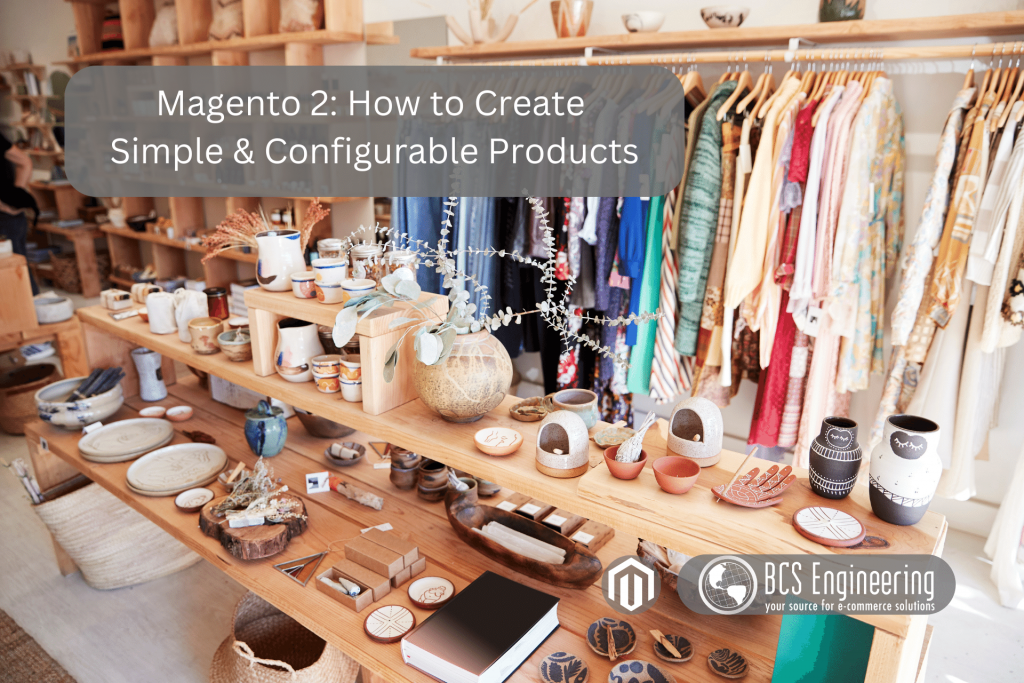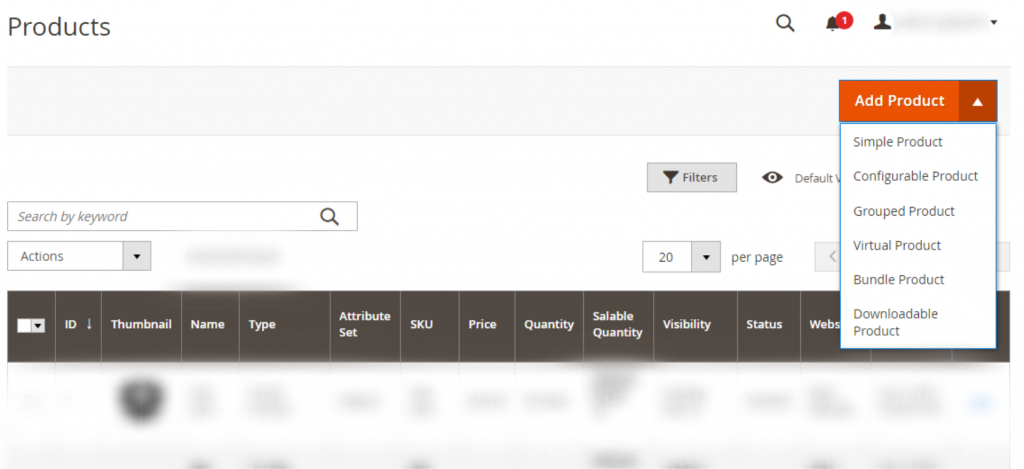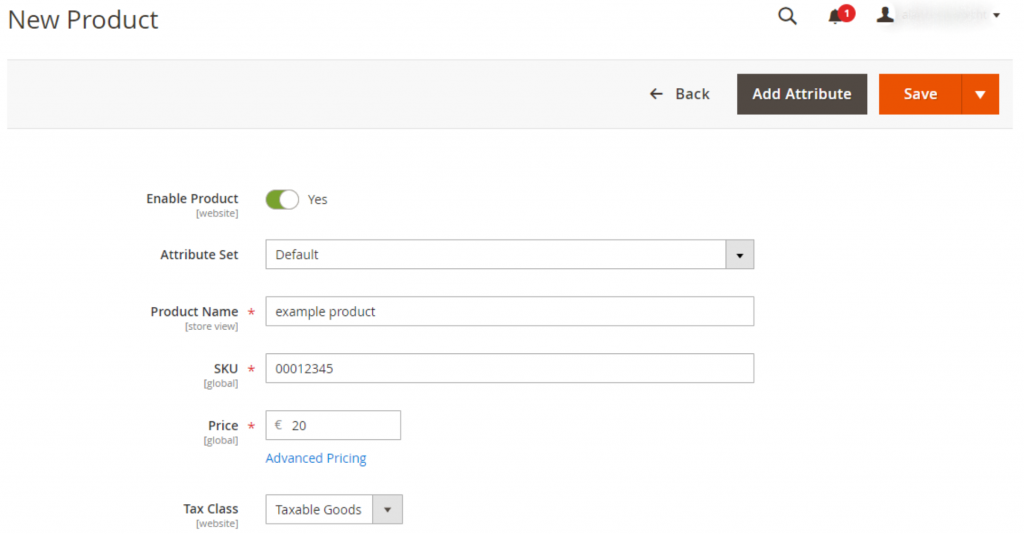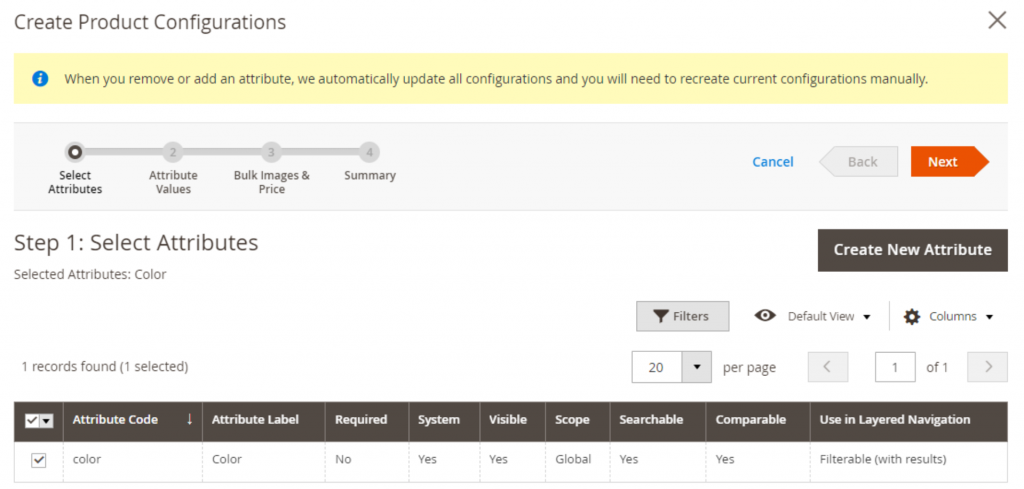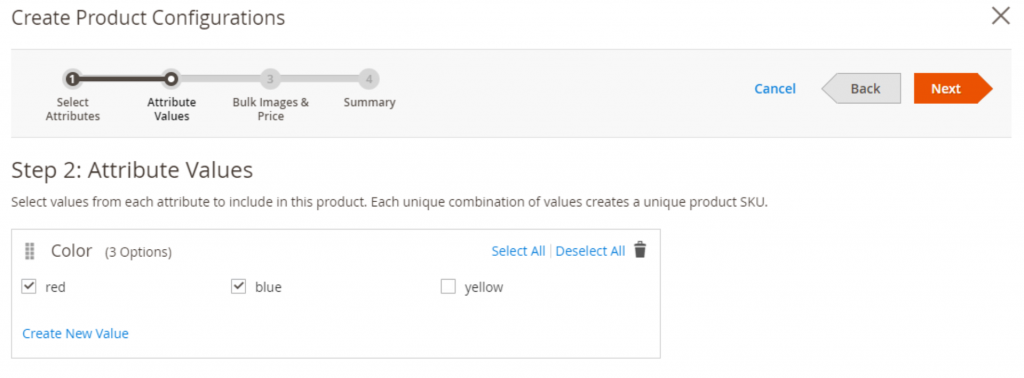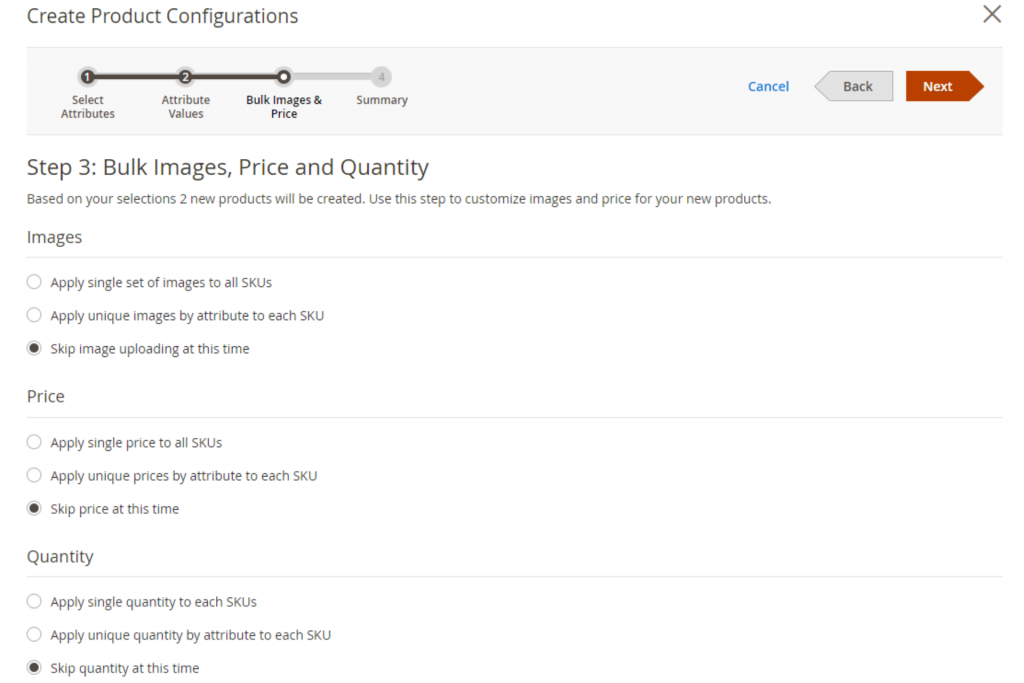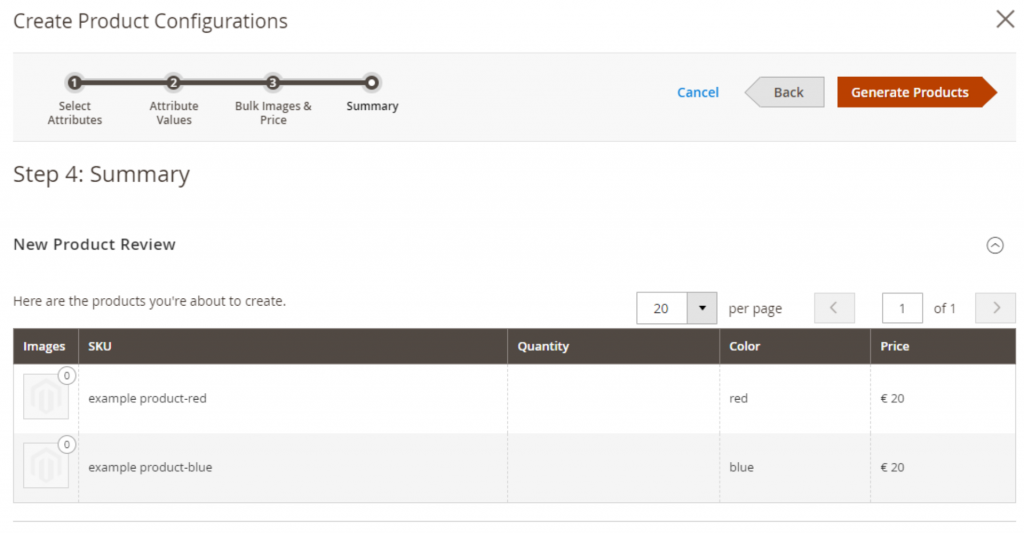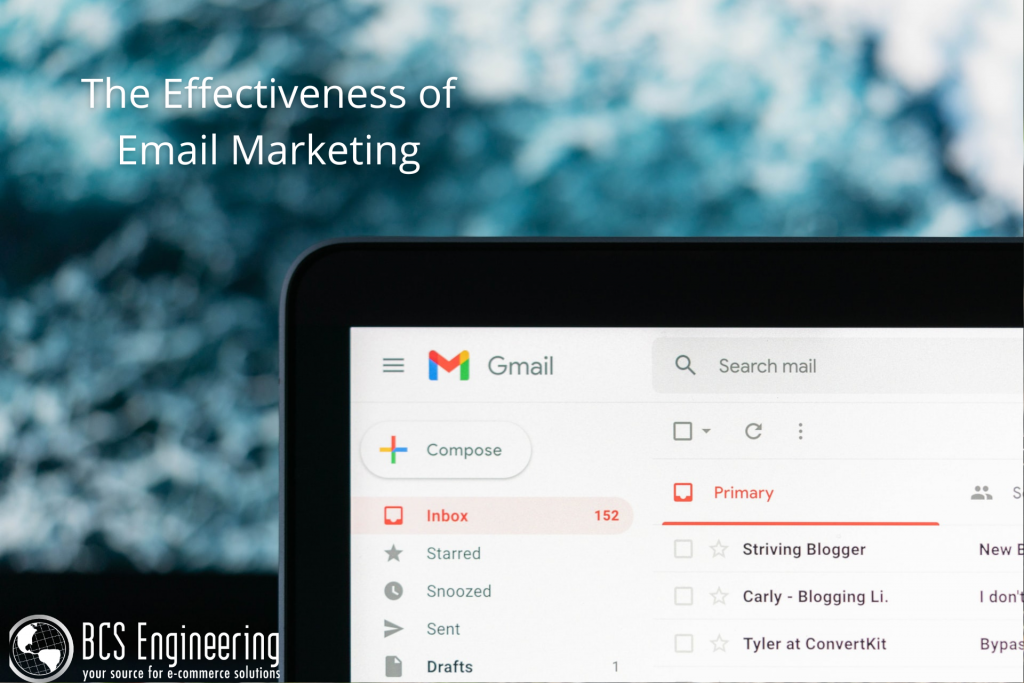The holiday season is one of the most profitable times of the year for online businesses. Customers are eagerly searching for the perfect gifts and deals, making it a prime opportunity for businesses to connect with them. But in a sea of holiday discounts, it’s important to stand out by creating offers that resonate. In this blog, we’ll cover the top three strategies to help you craft holiday offers for both service- and product-based online businesses that drive conversions, delight customers, and boost your holiday sales.
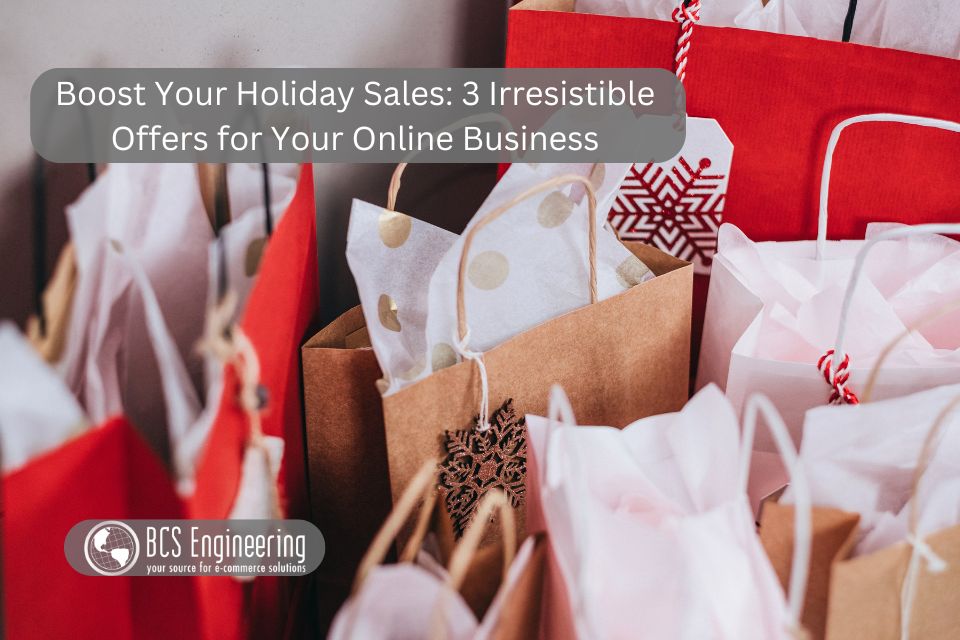
1. Craft Bundles for Greater Value
Bundling is a powerful way to increase the perceived value of your offer while giving customers more for their money. Combining complementary items or services can encourage larger purchases and help customers feel like they’re getting a special deal.
Examples of Bundles:
- Product-Based: Create gift sets that combine best-sellers, or offer themed bundles (e.g., “Self-Care Essentials” or “Holiday Kitchen Kit”).
- Service-Based: Offer packages that provide a series of sessions (e.g., three 1-hour coaching calls for the price of two) or include extra resources, like downloadable guides or a custom report, when they purchase a service.
2. Offer Exclusive Discounts or Limited-Time Deals
Limited-time offers and discounts work especially well around the holidays, as they leverage a sense of urgency. To maximize effectiveness, make the deal exclusive or time-sensitive to encourage quick action.
Examples of Time-Sensitive Offers:
- Product-Based: Offer a “Holiday Flash Sale” with a discount on your most popular products for a limited time.
- Service-Based: Provide a “Holiday Special” rate for services booked before a certain date or offer a free bonus consultation for holiday bookings.
3. Create Holiday-Exclusive Products or Packages
Exclusivity can create excitement and urgency, especially during the holidays. Limited-edition items or unique service packages that are only available during this season can entice customers to act now instead of waiting.
Examples of Exclusive Holiday Offers:
- Product-Based: Introduce holiday-themed versions of your products or exclusive holiday sets.
- Service-Based: Offer a “New Year’s Preparation Package” that includes coaching or services designed to help clients get a fresh start in January.
Ready to Create Your Holiday Offer?
The holiday season is the perfect opportunity to boost your online business revenue by creating offers that excite and engage your customers. Listen to our latest eCommerce Made Easy podcast where Carrie dives deeper into how to design irresistible holiday promotions that resonate with your audience, no matter your business type. Discover actionable strategies that will help make this holiday season not only memorable but also your most successful yet!
